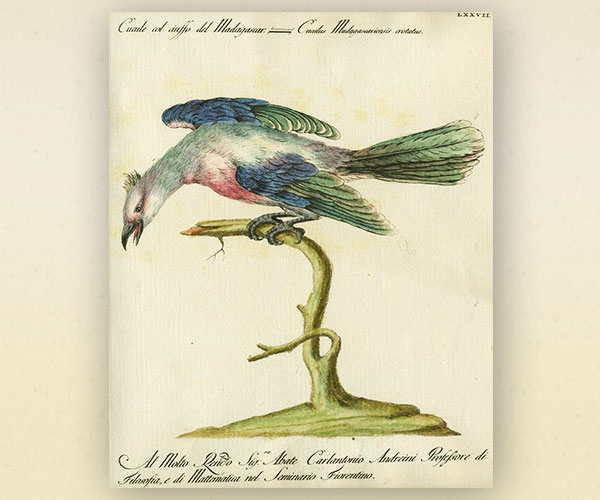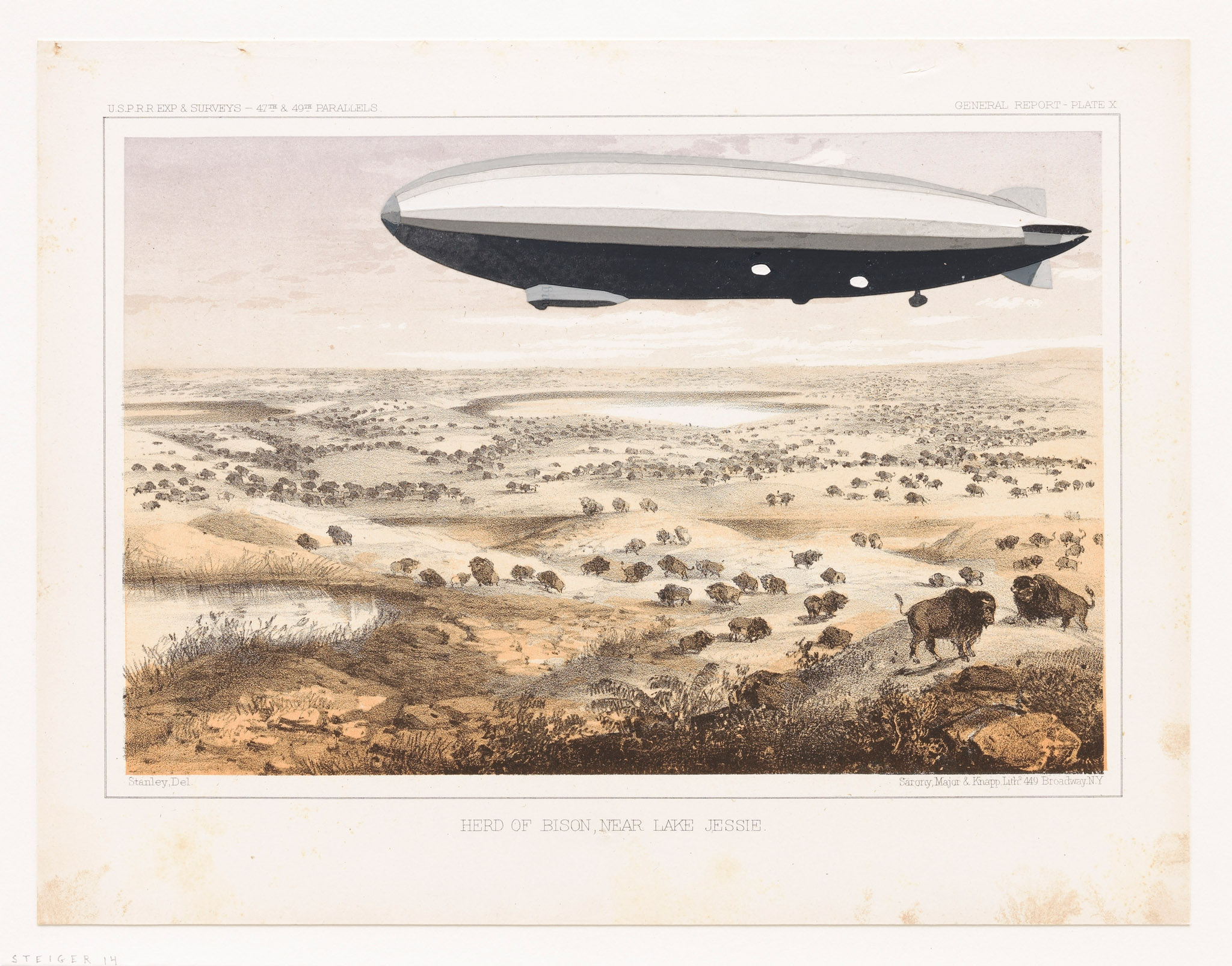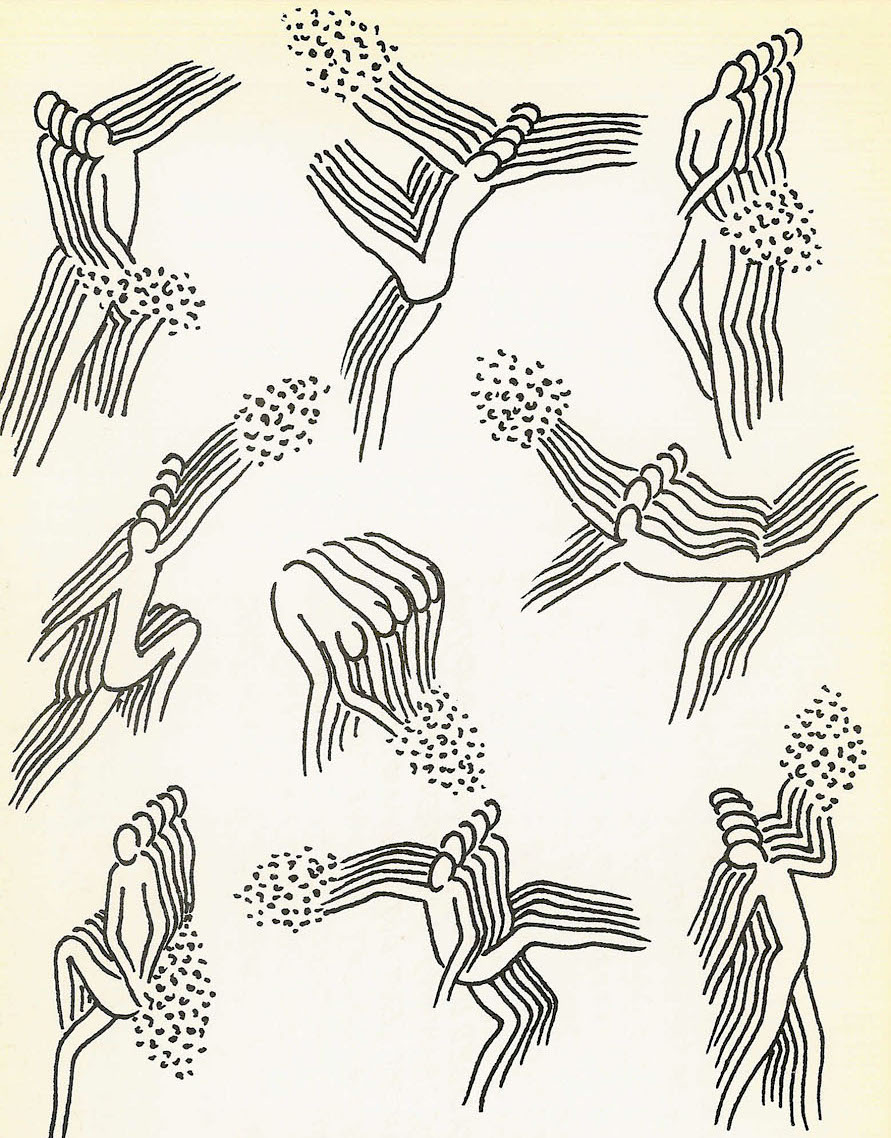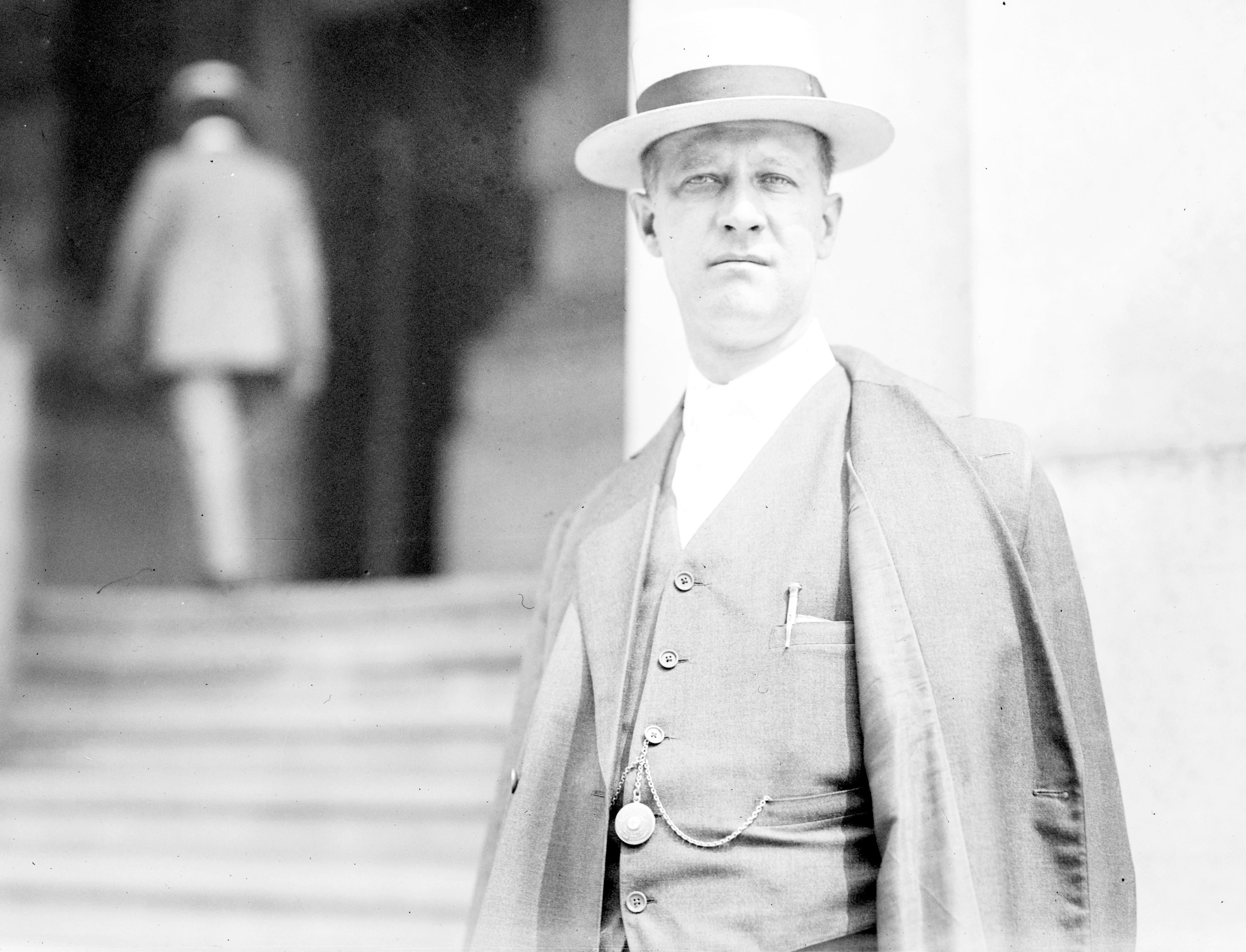The Watch The Fast and the Furious: Tokyo Drift OnlineOffice of Innovation and Science Australiareleased its review of the Australian innovation systemthis week, largely to a chorus of "heard it all before" from those close to the industry.
Tony Peacock, CEO of the Cooperative Research Centres Association, likens it to a school report: Janey tries but she could do so much better. The report is designed to provide an informed basis for the promised strategic plan for enhancing Australia's innovation, science and research system to 2030, due in late 2017.
With a redolence of the famed management consultant Peter Drucker’s shibboleth that "what gets measured gets improved," it includes a Performance Scorecardconsisting of 20 measures assessing the state of knowledge creation, knowledge transfer and knowledge application.
Unsurprisingly, perhaps, we do well in many aspects of knowledge creation, but we perform poorly when it comes to knowledge transfer and application.
The report is an excellent compendium of reliable data on key aspects of the innovation, science and research system, including six "enablers" -- money; infrastructure; skills; networks; culture; and policy. There will no longer be a need to recite the almost endless number of prior reports on this topic, at least where data are concerned.
Knowledge creation scores its usual 9 out of 10 -- a solid “A” on Janey's report card. Comparatively high funding for research in universities, world class and internationally connected researchers and research infrastructure, but still no university in, or near, the global top 20.
Knowledge transfer looks to come in at about 5 out of 10 -- a worrying "C-." There are few direct mechanisms to support knowledge transfer, under-utilisation of vocational education and training, and the notoriously low level of collaboration between researchers and industry.
Knowledge application barely scrapes a 1 out of 10 – a clear "F." There is low business expenditure on R&D and employment of researchers, ongoing poor business skills, a low ranking of Australian businesses in international collaboration with other companies, and limited use by government of procurement to promote innovation.
One piece of good news to pierce the gloom: there is no evidence of a particularly risk-averse culture in Australia. Indeed, one of the higher rankings for Australia is for early stage entrepreneurship activity.
But any grounds for cautious optimism is checked by the dearth of high-growth firms (that is, those expanding at more than 20% over a three-year period) where Australia sits at the bottom of the OECD league table.
The report looks forward to the all-important innovation, science and research 2030 strategy by raising questions such as the adequacy of our largely incremental approach to innovation, should Australia adopt a "catch-up" or a leap-frog ambition (why can't we be more like Israel or Singapore?), and are there sectors or projects which might particularly lend themselves to fostering and driving innovation.
But given the scorecard reveals it is business and economic performance that is at the heart of the shortcomings, perhaps the focus of the strategy should be on what can be done to get Australian businesses to be more innovative, rather than the rather softer target of the universities.
As the report notes:
A key part of the problem is that the Australian economy remains undiversified, particularly in terms of exports. Australia has only 19 internationally competitive industry sectors and only two in manufacturing: food and beverages, and basic metals. By contrast, comparator countries, such as New Zealand, Netherlands, and Canada, have at least 35 internationally competitive industry sectors.
Should we expect the major business organisations, such as the Business Council of Australia, the Committee for Economic Development of Australia (CEDA) and the Australian Industry Group, to be prosecuting an agenda to raise the level of innovation performance and international engagement in Australian companies?
Could investors pressure Australian companies to provide an adequate account of their commitment to innovation? More might be drawn from the AFR's annual listing of the "50 Most Innovative Companies." The 2016 list would suggest the provision of digital services to a wide range of sectors has become a particular target of effective innovation.
But as Bill Ferris, Chair of the Innovation and Science Australia board, says in his foreword to this report: "Since the dawn of civilisation, innovation has driven human progress. What many take for granted […] are benefits which have been delivered by innovation."
In these challenging times, where contemporary technologies are unselfconsciously used to raise fears about innovation and new technologies, the Innovation and Science Australia strategy 2030 will have to firmly restate – and demonstrate – that innovation is at the heart of what it is to be human.
 Dyson Supersonic deal: Save $100 on the blow dryer
Dyson Supersonic deal: Save $100 on the blow dryer
 Why Is William Bronk Perennially Under
Why Is William Bronk Perennially Under
 Hoarding Books on a Road Trip to California
Hoarding Books on a Road Trip to California
 The Reach and Influence of Graphic Design from California
The Reach and Influence of Graphic Design from California
 Woot Deal: Save 37% on the Nespresso Inissia Espresso Bundle
Woot Deal: Save 37% on the Nespresso Inissia Espresso Bundle
 Three Paintings by Maia Cruz Palileo
Three Paintings by Maia Cruz Palileo
 Pottery’s Journey from Utility to Art
Pottery’s Journey from Utility to Art
 An Inscribed Edition of “War and Peace” Tells Another Story
An Inscribed Edition of “War and Peace” Tells Another Story
 Canoo reportedly puts staff on 'mandatory unpaid break' for weeks
Canoo reportedly puts staff on 'mandatory unpaid break' for weeks
 Remembering Philip Levine, 1928–2015
Remembering Philip Levine, 1928–2015
 NYT Connections hints and answers for February 5: Tips to solve 'Connections' #605.
NYT Connections hints and answers for February 5: Tips to solve 'Connections' #605.
 Those Moments When You Feel Like You’ve Mastered Adulthood
Those Moments When You Feel Like You’ve Mastered Adulthood
 Latin’s Latest Resurrection
Latin’s Latest Resurrection
 In William Steiger’s Collages, Two Visions of America’s Past
In William Steiger’s Collages, Two Visions of America’s Past
 Apple, Tesla, Spotify: The tech announcements that never happened in 2024
Apple, Tesla, Spotify: The tech announcements that never happened in 2024
 How Do You Write Down a Dance?
How Do You Write Down a Dance?
 An Inscribed Edition of “War and Peace” Tells Another Story
An Inscribed Edition of “War and Peace” Tells Another Story
 How to Carry a Political Grudge
How to Carry a Political Grudge
 The Rise of America’s Convention Culture
The Rise of America’s Convention Culture
How to share Google Photos animations to InstagramIn the U.S., trees are on the move because of climate changeOh my god, please shut up about The SkimmNicki Minaj shares that she has been quietly helping to develop a village in IndiaLondon phone box gets a super slick office makeoverVanessa Bayer departs 'SNL' after 7 seasonsSchwarzenegger says he'll be back for 'Terminator' sequel with James CameronAlec Baldwin bid a poignant farewell to Trump on 'Saturday Night Live' finaleLondon phone box gets a super slick office makeoverSpooky illusion video appears to show man walking through mirror'Han Solo' set photos show beat13 of the best Stephen King short stories you've never readAndroid will now show you exactly which apps are draining your batteryMicrosoft Research shows off its augmented reality glassesFacebook's been making it up all along and we're left holding the bagTry not to obsess over this monkey named 'Uncle Fat'Your emoji can prove intent in courtAI is absolutely horrible at naming paint colorsGoogle finally shows why we should all be excited for AIBeyoncé's celeb Xiaomi 14 with Snapdragon 8 Gen 3 to launch in October · TechNode Huawei sues Portugal cybersecurity council over ban on 5G equipment supply · TechNode Chinese selfie app maker Meitu launches digital human generator DreamAvatar · TechNode China’s foreign ministry denies bans on the use of foreign phone brands · TechNode Renowned makeup influencer Li Jiaqi made RMB 1.855 billion in 2021 · TechNode Chinese automaker Neta completes crossover funding round of RMB 7 billion · TechNode Xiaomi's president says its EV manufacturing progress is beating expectations · TechNode Ant Group’s consumer credit unit secures RMB 4 billion consortium loan · TechNode Chinese EV maker WM Motor’s Hong Kong IPO collapses · TechNode Chinese auto chip maker GTA Semiconductor raises over $1.8 billion · TechNode Kaixin Auto to acquire WM Motor after the latter’s IPO collapse · TechNode Over 1 million users rush to try Baidu’s ChatGPT equivalent on the first day · TechNode Unity’s new installation fee infuriates global game developers · TechNode Tencent, NetEase, and HoYoverse lead the global mobile game market in August · TechNode Huawei and Xiaomi announce global patent licensing agreement · TechNode Oppo launches Find N3 Flip, first clamshell foldable phone with three cameras · TechNode Beijing to support unicorns by fast Liquor brand Moutai to introduce baijiu Baidu opens Ernie Bot to public after regulatory approval · TechNode Baidu launches a plug
2.8257s , 10139.296875 kb
Copyright © 2025 Powered by 【Watch The Fast and the Furious: Tokyo Drift Online】,New Knowledge Information Network